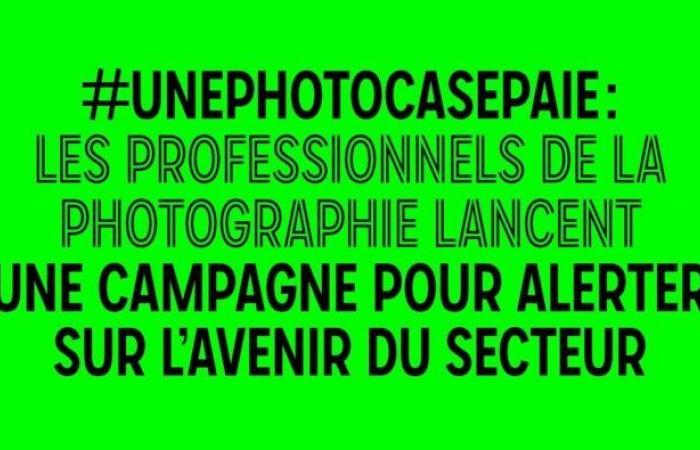At a time when images circulate quickly on constantly evolving platforms, the question of copyright is essential for photographers. But how to protect your works? How to enforce your rights? And first of all, what are they? On the occasion of the autumn campaign for payment of royalties to member artists by the ADAGP, an overview of the rights of photographers and how to receive fair remuneration for their work.
Little known and yet at the heart of the profession, photographers' copyrights are based on two pillars: moral rights and economic rights which allow some to protect the integrity of the works, and others to control the use of the images and receive remuneration.
Each photographer benefits first of all from inalienable moral rights which cannot be transferred or sold. They protect the images and the unwavering bond with their creator. Among them, the right to respect the integrity of the work implies that the photographer can at any time oppose any modification, deformation or alteration of a photograph which could distort it. But also the right to authorship which allows you to be recognized as the author of an image. Concretely: each time a photograph is used, the name of the photographer must be associated with it.
Property rights, pillars of remuneration
Property rights are one of the foundations of photographers' remuneration. They make it possible to control the reproduction and distribution of images. They bring together the right of reproduction, which concerns physical uses (book, newspaper, postcard, etc.), the right of representation (communication of the work to the public, directly or indirectly, for example on a website) , the resale right which allows the author to receive a percentage on the resale price of his works when an art market professional intervenes, and the collective rights which cover certain uses of works for which, for practical reasons or due to excessive use massive, individual management is not possible.
Being able to be granted (within a limit of time, place, distribution) to third parties through transfers of rights, economic rights are the basis of negotiating power. Stéphanie de Roquefeuil, from the Union of Professional Photographers (UPP), also recalls on the site ellesfontla.culture.gouv.fr what “it is this transfer of rights which is, for most photographers, the main source of income. […] It is common to hear broadcasters say that you must give them the rights for free because “it will give you visibility”. You should invalidate this argument immediately. Resist. Your work has value.”
Entrust the management of your rights to ensure their respect
Managing the uses of his works and the related copyrights is essential so that the photographer can receive remuneration from the exploitation of his photographs. It is particularly in this context that collective management organizations (CMOs), such as ADAGP, act as necessary intermediaries by pooling the management of rights and controlling the exploitation of photographs.
By joining and declaring his publications to ADAGP, the photographer ensures that each use of his photographs, including internationally, is recorded and remunerated. As of May 31, 2024, ADAGP had concluded agreements with 332 cultural institutions, 88 press titles and nearly 300 TV broadcasters in France but also throughout the world thanks to a network of 55 international authors' societies. .
One of the main challenges for photographers when joining an OGC such as ADAGP, particularly those working with an agency managing their reproduction and representation rights, is to collect collective rights. The latter cover indirect or derived uses for which individual management of rights is not possible: reprography (photocopying), library lending rights, retransmission by cable, satellite and ADSL (television programs), remuneration for private copying (photographs of works by the public in exhibitions, screenshots, etc.) and educational uses.
As a photographer, it is thus possible to entrust the entire management of your property rights (reproduction and representation rights, collective rights and resale rights) to ADAGP, or only the management of your collective rights.
Membership in ADAGP (in the form of a share of €15.24 acquired upon membership) thus allows you to entrust the management of your rights to copyright professionals, but also to benefit from support systems (scholarships, residencies, endowments) and to have access to legal advice and professional training workshops.
More information:






